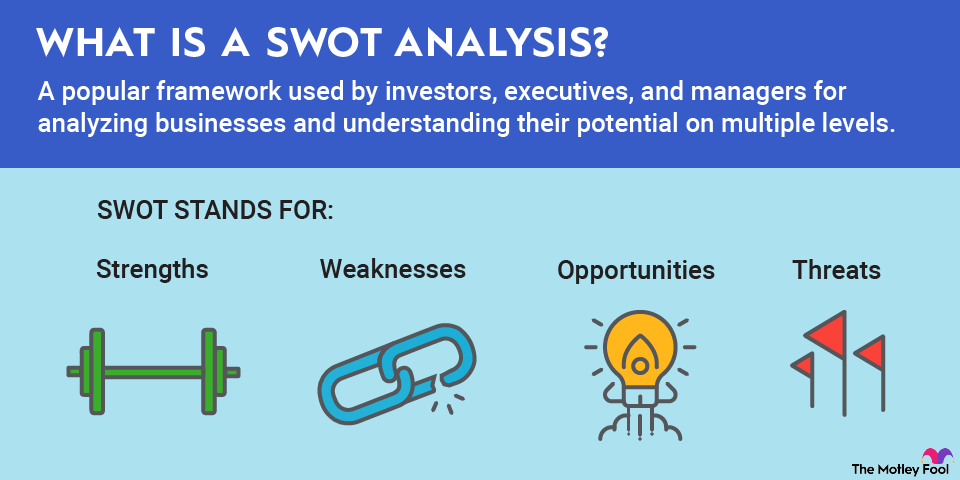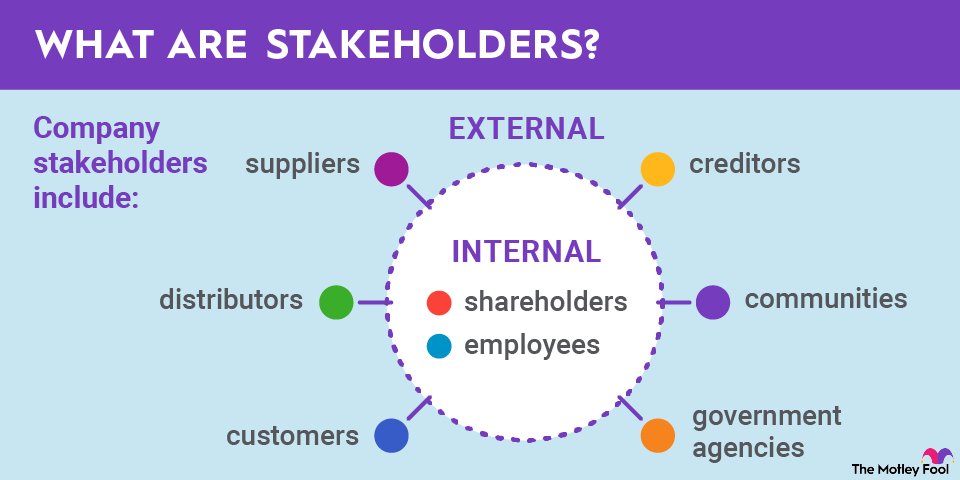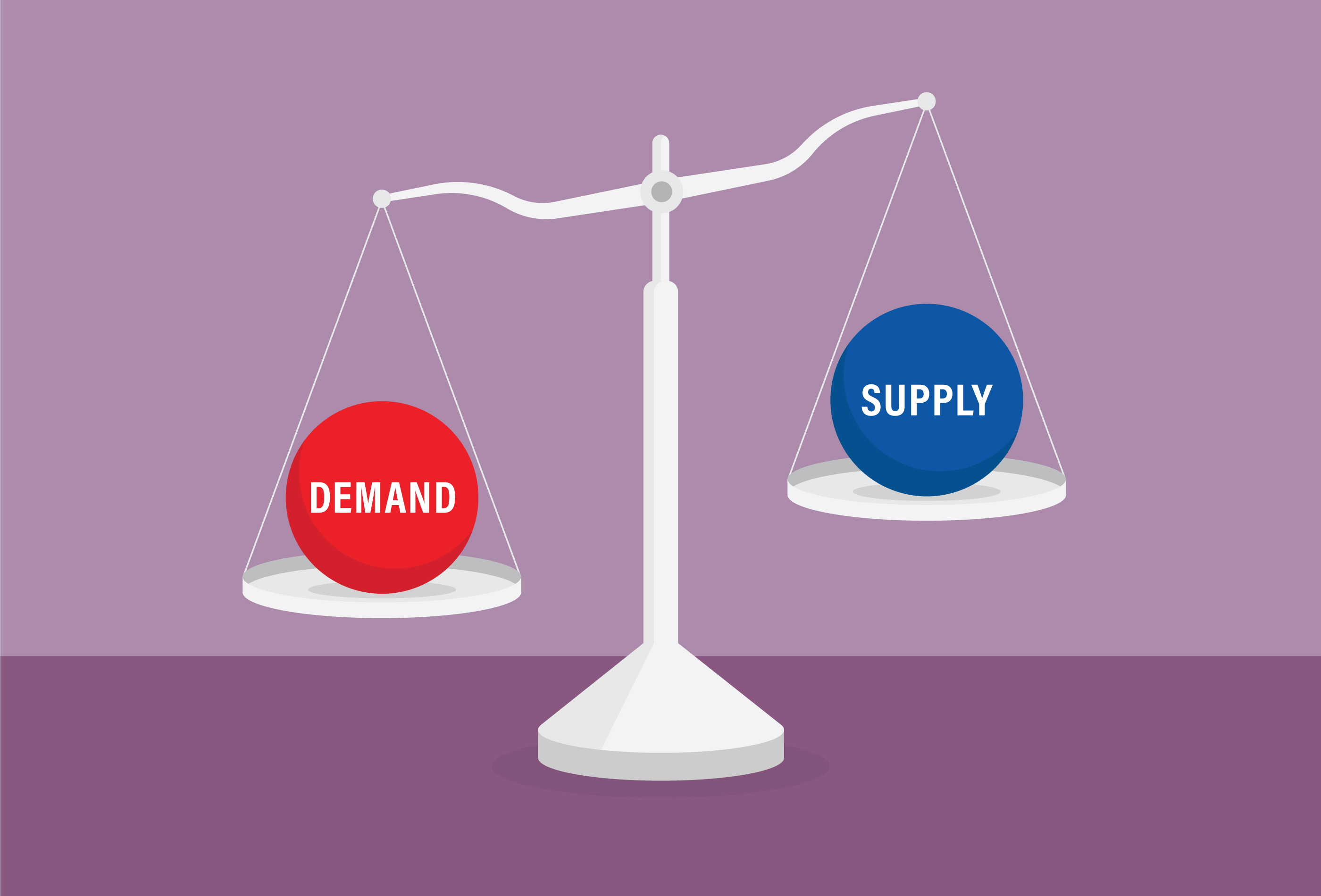Publicly traded companies are never standing still. They're always looking for new ways to grow, whether that's through new product categories, new geographies, or even an acquisition.
However, major corporations also make other moves to create shareholder value, including divesting themselves from subsidiaries or secondary brands or even spinning them off into a separate company, which is sometimes known as a stock spinoff.

What is a stock spinoff?
In a stock spinoff, one company splits into two or more companies. Companies do this in order to create shareholder value, and they often make this decision when management believes that the stock price does not reflect the underlying value of the business.
Stock spinoffs happen for a variety of reasons. Sometimes, a company has two or more brands or subsidiaries that it believes are no longer aligned. In other spinoffs, management might think that each business can be better understood as separate entities by investors rather than as one conglomerate.
How does a stock spinoff work?
Generally, the first step in a stock spinoff is for management to issue a press release or an announcement informing investors of the plans to spin off part of the company.
Assuming the investor response is favorable, the company then proceeds with the work of creating the new company. They must come up with a name, hire a management team, and decide on an organizational structure. They'll also need to explain to customers how they will serve them during the transition and will likely need to find a new headquarters and office space.
Once the new company has begun to take shape, the existing company will file a Form 10 with the Securities and Exchange Commission, registering new securities for the new company and explaining the business and financials, much in the way that an S-1 does for a company listing through an initial public offering.
From there, the company will announce a spin date or the day the spinoff will be executed, and on that day, the new company will begin trading. Investors who hold stock in the original company will see a portion of their holdings convert into shares of the new stock, and the market cap of the existing company will adjust according to how the market values the new companies.



















